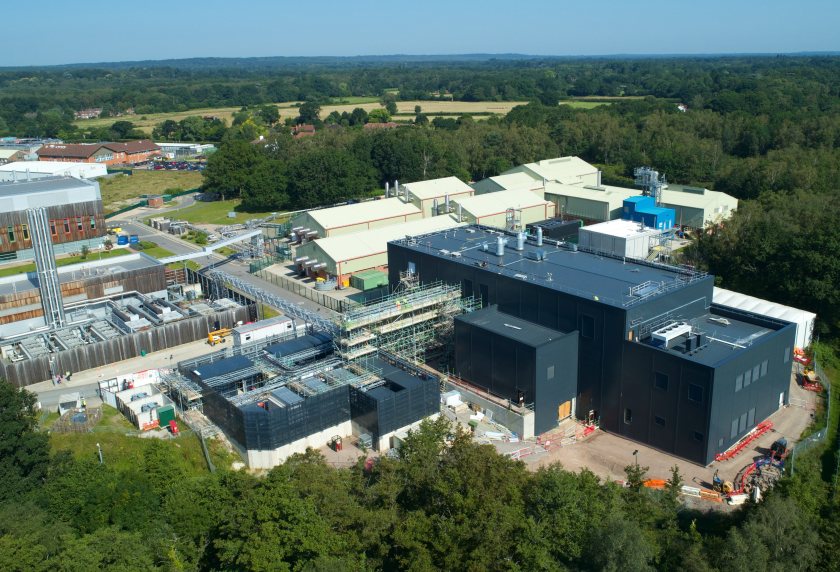
A major new facility has opened to support the UK's pandemic preparedness of viral diseases which spread from animals to humans.
The high-biological containment science facility, named the Brooksby Building, has been completed by the Pirbright Institute, based near Woking, Surrey.
The site will also study viral diseases of livestock, such as foot-and-mouth disease virus (FMDV), African swine fever virus and bluetongue virus
The building has engineering features of high-containment built to high international standards, ensuring the safety of staff and environmental protection.
It will provide a standalone facility with flexibility to house small animals, such as mice, guinea pigs, rabbits, for in vivo experiments.
The Brooksby Building is named in honour of John Brooksby CBE, former director of the Pirbright Institute and a pioneer in foot-and-mouth disease research.
Prof Bryan Charleston, director of the institute, said the new facility would help provide the UK with the resilience to respond to 'growing and severe threats.'
He said: “This is the final piece in the jigsaw to provide the UK with world-class facilities to respond to major viral diseases of livestock and viruses that spread to humans.
“This new facility complements Pirbright’s existing state-of-the art high containment laboratories and extensive insectary facilities.
"Viruses spread by insect vectors, including mosquitos, represent a major threat to the UK because of climate change."
Professor Anne Ferguson-Smith, executive chair at the UKRI Biotechnology and Biological Sciences Research Council (BBSRC), welcomed the new facility.
“[It] represents an important enhancement to our nation's research infrastructure, equipping the UK research and innovation community with the tools necessary to improve our understanding of diseases.
“This state-of-the-art infrastructure is not just a building, however, it is the cornerstone upon which cutting-edge research is built and a crucial driver of bio-innovation."
